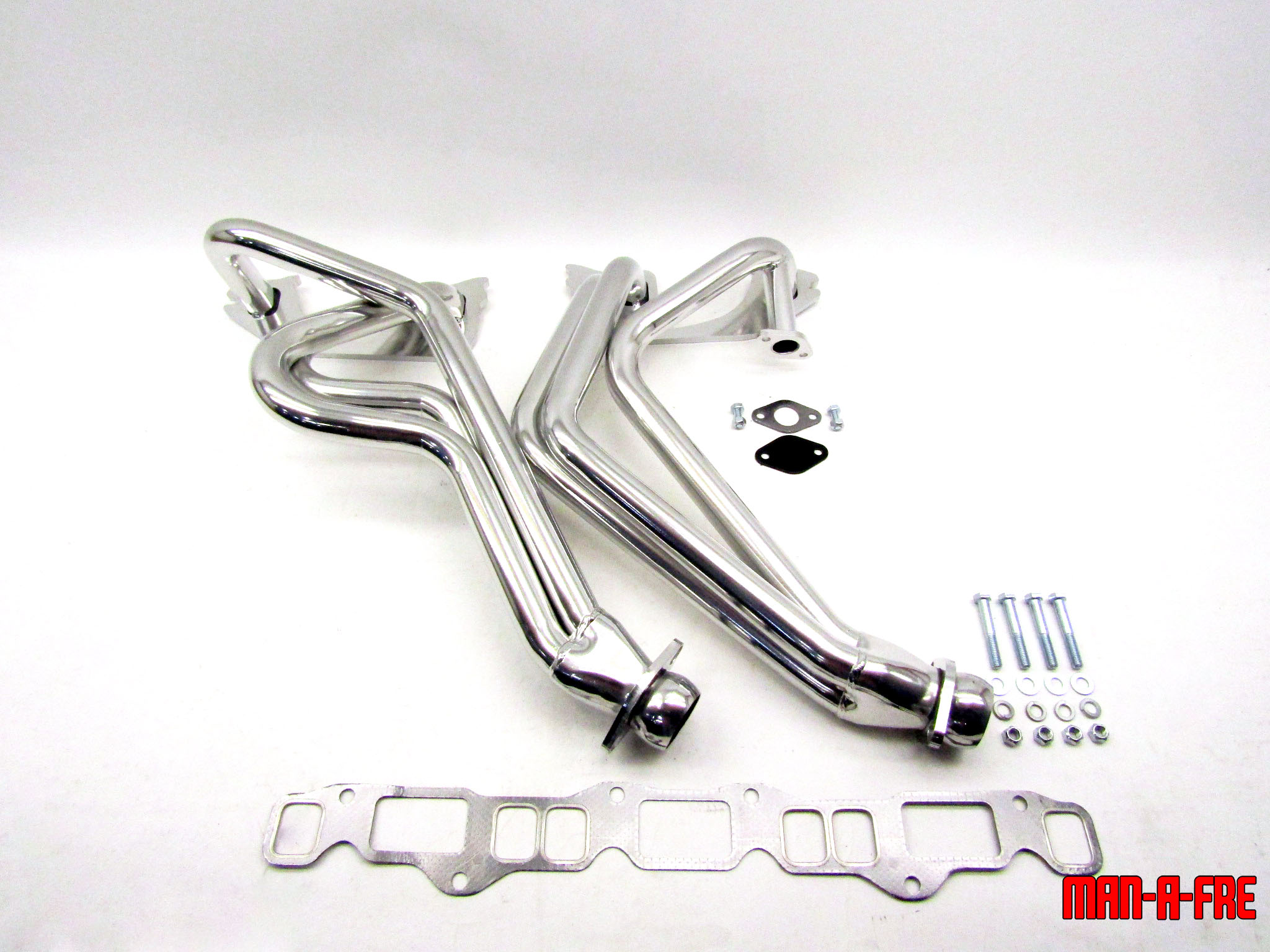Hello all,
I am looking to buy a LC and one I am very interested in has both side exhaust manifolds crackde, other than that its clean from a toyota dealership inspection. Is this a big red flag? perhaps I can just bargain down to cover the repairs, I really like the car a lot and if it would have a lot of life left after this I would be happy with it.
I am looking to buy a LC and one I am very interested in has both side exhaust manifolds crackde, other than that its clean from a toyota dealership inspection. Is this a big red flag? perhaps I can just bargain down to cover the repairs, I really like the car a lot and if it would have a lot of life left after this I would be happy with it.


